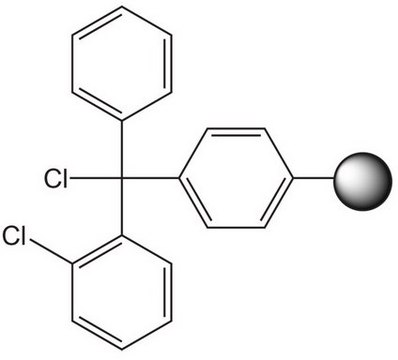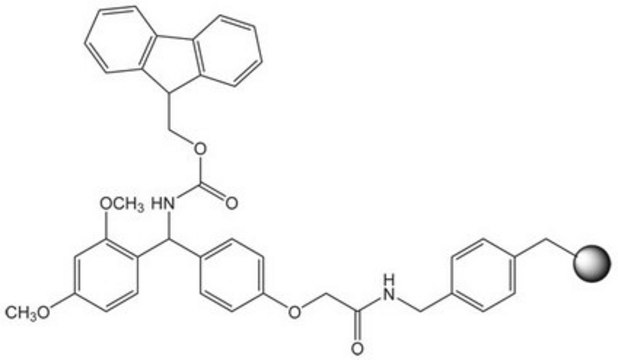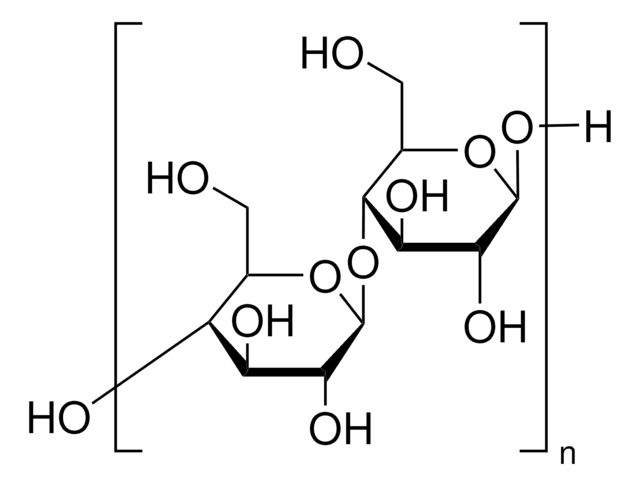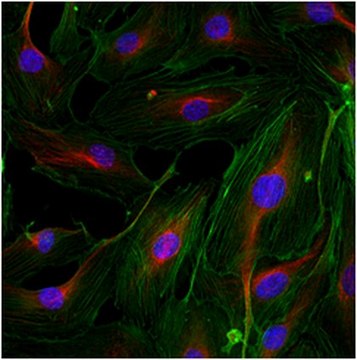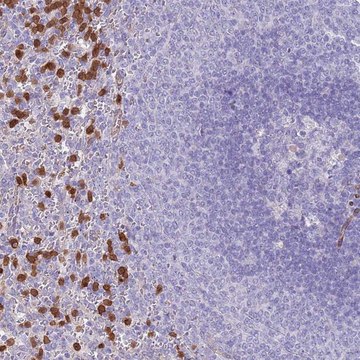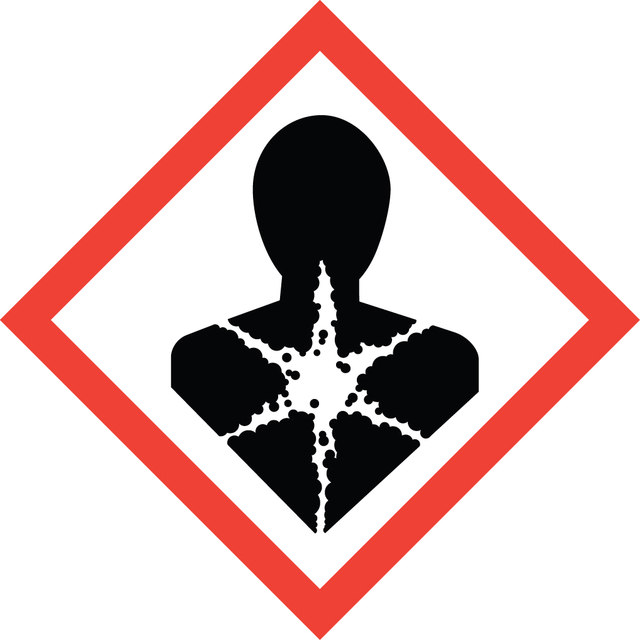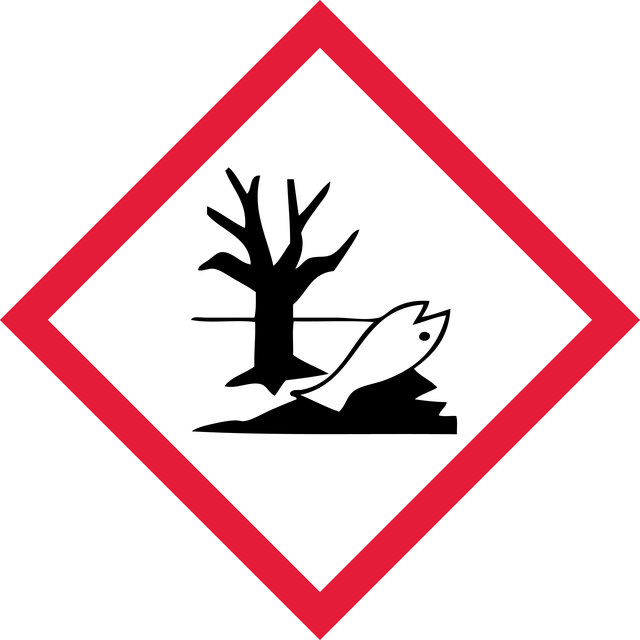CRM016
Trace Metals - Fresh Water Sediment 3
certified reference material, pkg of 50 g
Synonym(s):
Sediment matrix CRM, trace metals
Select a Size
Select a Size
About This Item
Recommended Products
grade
certified reference material
Quality Level
CofA
current certificate can be downloaded
packaging
pkg of 50 g
manufacturer/tradename
RTC CRM016-050
technique(s)
AAS: suitable
ICP: suitable
pH
7.85
application(s)
environmental
format
matrix material
storage temp.
2-30°C
Related Categories
1 of 4
This Item | HPA048598 | SAB1300929 | MABN2268 |
|---|---|---|---|
| Quality Level 100 | Quality Level 100 | Quality Level 100 | Quality Level 100 |
| antibody form affinity isolated antibody | antibody form affinity isolated antibody | antibody form saturated ammonium sulfate (SAS) precipitated | antibody form purified immunoglobulin |
| biological source rabbit | biological source rabbit | biological source rabbit | biological source mouse |
| shipped in wet ice | shipped in wet ice | shipped in dry ice | shipped in ambient |
| species reactivity human | species reactivity human | species reactivity human | species reactivity human |
| clone polyclonal | clone polyclonal | clone polyclonal | clone 12F2.1, monoclonal |
General description
Application
- Bioremediation of AMD-polluted areas: The study examines the response of Propsilocerus akamusi to leachates from AMD-contaminated sediments using trace metal analysis, emphasizing the potential of metal bioremediation in aquatic environments, which is crucial for maintaining ecosystem health and supporting biotechnological applications in pharma and biotech industries (Zheng et al., 2024).
- Marine pollution control using dead seaweeds: Research on metal uptake by dead seaweeds provides insights into controlling marine pollution, highlighting the role of trace metal analysis in assessing environmental impacts and improving strategies for the pharma and biotech sectors (Vázquez-Arias et al., 2023).
- Mercury source tracing in coastal lakes: This study traces mercury sources and depositional history in northeastern U.S. lakes, utilizing trace metal analysis techniques, which are pivotal in environmental monitoring and have implications for public health and pharmaceutical research (Taylor et al., 2022).
- Metal bioaccumulation in urban river habitats: An assessment of metal bioaccumulation in freshwater gastropods from urban river habitats provides valuable data for environmental and pharmaceutical research, emphasizing the importance of trace metal analysis in studying biogeochemical cycling (Chukaeva and Petrov, 2023).
- Health hazards of elements in freshwater crayfish: The bioaccumulation and biosedimentation study of elements in crayfish from the River Nile addresses health hazards related to heavy metal contamination, serving as a critical reference for environmental safety and pharmacological studies (Abbas et al., 2023).
Other Notes
- Sb, B, Mo, Se, Si, Ag, Sr, Tl
Disclaimer
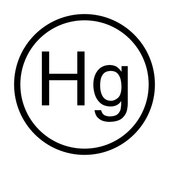
Analyte
Signal Word
Danger
Hazard Statements
Precautionary Statements
Hazard Classifications
Aquatic Acute 1 - Aquatic Chronic 2 - Carc. 1B - Eye Irrit. 2 - Skin Irrit. 2 - Skin Sens. 1
WGK
WGK 3
Certificates of Analysis (COA)
Search for Certificates of Analysis (COA) by entering the products Lot/Batch Number. Lot and Batch Numbers can be found on a product’s label following the words ‘Lot’ or ‘Batch’.
Need A Sample COA?
This is a sample Certificate of Analysis (COA) and may not represent a recently manufactured lot of this specific product.
Already Own This Product?
Find documentation for the products that you have recently purchased in the Document Library.
Articles
Novabiochem® has one of the most extensive ranges of linkers and derivatized resins for Fmoc solid phase peptide synthesis. These resins have varied properties with special protocols for loading and cleaving.
Novabiochem® has one of the most extensive ranges of linkers and derivatized resins for Fmoc solid phase peptide synthesis. These resins have varied properties with special protocols for loading and cleaving.
Our team of scientists has experience in all areas of research including Life Science, Material Science, Chemical Synthesis, Chromatography, Analytical and many others.
Contact Technical Service




